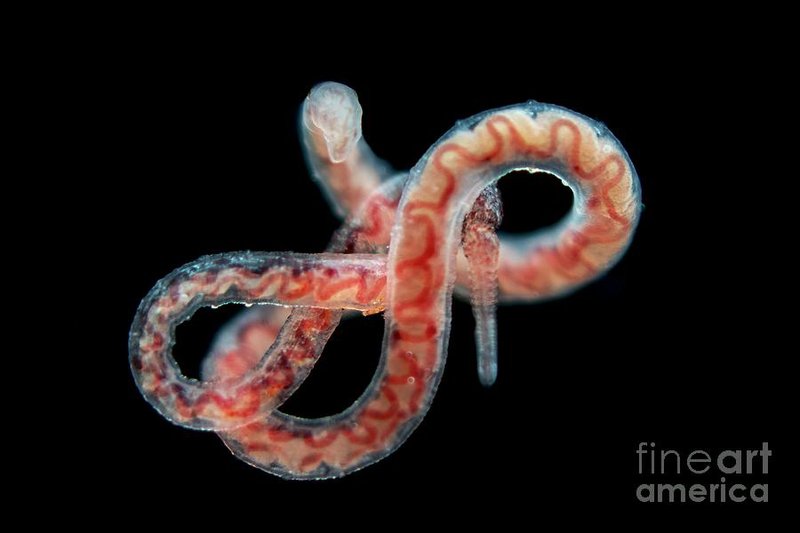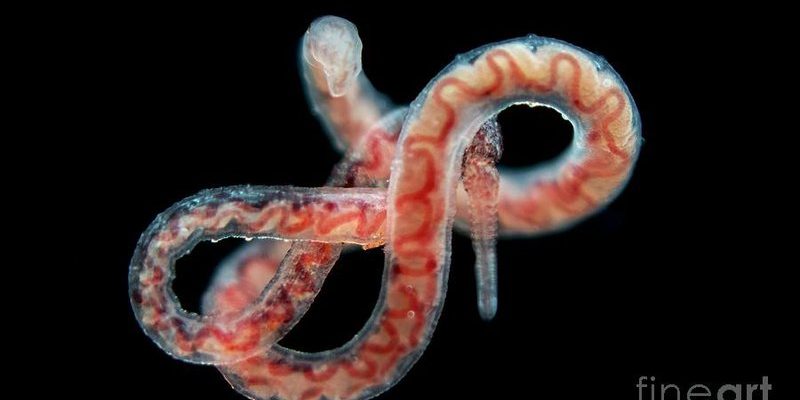
Now, picture this: you’re out in the field, armed with a field camera like the GoPro HERO10. You set it up near a body of water where tubifex worms thrive, and voilà! You’re now ready to capture their unique behaviors without disturbing their natural habitat. These cameras provide a window into a world that often goes unnoticed, allowing researchers to observe these worms in action. Let’s dive deeper into how to document these remarkable creatures.
What Are Tubifex Worms?
Tubifex worms are fascinating little critters. These segmented worms belong to the family Tubificidae and are commonly found in freshwater environments, particularly in muddy or polluted water. They thrive in areas rich in organic matter, often seen wriggling through the sediment.
These worms play a crucial role in their ecosystem by breaking down organic waste and recycling nutrients back into the water. Imagine them as nature’s clean-up crew! Their ability to tolerate low oxygen levels also makes them valuable indicators of water quality. When you spot a healthy population of tubifex worms, it often means the ecosystem is well-balanced.
Often confused with other kinds of worms, tubifex can be distinguished by their reddish or pinkish hue, which comes from the hemoglobin in their blood. Watching them is like witnessing nature’s own little choreographers at work, as they wiggle and squirm through their environment with purpose.
Why Use Field Cameras?
Using field cameras to document tubifex worms allows researchers and nature enthusiasts to observe these creatures without causing them stress. Traditional observation methods, like collecting samples, can disturb their natural behaviors and habitats. Field cameras, on the other hand, act as silent observers, capturing real-time footage of their activities.
Consider this: when you’re in a new place, having a friend silently record your antics can capture your true self. Similarly, field cameras record tubifex behavior in a way that’s unobtrusive. With cameras like the GoPro HERO10, you can access high-resolution video and slow-motion footage, important for studying the intricate movements of these worms.
Plus, they offer the convenience of remote operation. You can set the camera at strategic points and monitor the footage from afar, making your research a lot smoother. It’s like setting up a hidden camera—except instead of catching someone sneaking snacks, you’re documenting the fascinating life of worms!
Setting Up Your Field Camera
To get started with documenting tubifex worms, you first need to set up your field camera properly. Here’s a simple guide to help you out:
- Choose the Right Location: Look for areas where tubifex worms are likely to gather, such as muddy bottoms of lakes, ponds, or rivers.
- Positioning: Set your camera at a low angle to get a clear view of the worms interacting with their environment. Ensure it’s secure and won’t be disturbed by water currents or animals.
- Lighting: Natural sunlight is ideal, but if you’re filming in low light, consider using additional lighting. Just be careful not to scare away the worms!
- Settings: Adjust your camera settings for optimal quality. For action shots, you might want to use a faster frame rate.
Before you hit record, take a moment to observe your surroundings. Being aware of potential disruptions, such as waves or nearby foot traffic, can help ensure your footage captures the best moments of tubifex behavior.
What to Look For in Tubifex Behavior
When documenting tubifex worms, it’s essential to know what kind of behaviors are interesting to watch and analyze. Here are a few specific activities you might want to capture:
- Feeding: Tubifex worms are filter feeders, sifting through the mud to find organic matter. Watching them feed can provide insights into their feeding habits and preferences.
- Reproduction: During mating seasons, tubifex worms can exhibit unique behaviors, such as forming chains. Capturing this can reveal important information about their reproduction.
- Movement: Their wriggly movements serve various purposes, from navigating through sediment to escaping predators. Documenting their locomotion can highlight how effectively they adapt to their environment.
By focusing on these key behaviors, you’ll have a richer narrative to explore in your research or content creation. It’s not just about watching the worms; it’s about understanding their role in the ecosystem and how they interact with their surroundings.
Analyzing the Footage
Once you’ve captured hours of footage, the next step is analysis. Here’s how you can make sense of what you’ve recorded:
First, review the footage carefully. Take notes on the different behaviors you observe, looking for patterns that interest you. You might find that certain behaviors occur at specific times of day or under particular environmental conditions, like temperature or water clarity.
Next, consider creating charts or graphs to document your findings. This visual representation can make it easier to spot trends over time. You might also compare your findings with existing research on tubifex worms. This can help you contribute valuable information to the scientific community.
Finally, don’t forget to share your work! Whether through social media, a blog, or academic channels, engaging with others can spark discussions and possibly lead to collaborations. Who knows? Your footage might inspire someone else to dive deeper into the remarkable world of tubifex worms.
Common Challenges and Troubleshooting
Even with the best intentions, fieldwork with cameras can present challenges. Here are a few common issues you might face and solutions to help you troubleshoot:
- Camera Malfunctions: If your camera unexpectedly stops recording, check the battery levels and memory space. Ensure everything is connected properly, and consider resetting the camera to get it back on track.
- Poor Footage Quality: Sometimes low light can affect your video quality. If that happens, you may need to adjust your position or add artificial lighting. Also, ensure the lens is clean and free from water spots.
- Animal Interference: Wildlife can be unpredictable. If other creatures are disturbing your camera or the tubifex habitat, think about relocating your setup to a less-trafficked area.
Remember, every field study comes with its own set of challenges. Staying patient and adapting your approach can make all the difference in capturing that perfect shot.
Documenting the behavior of tubifex worms with field cameras is not just a scientific endeavor; it’s an opportunity to uncover the fascinating intricacies of life beneath the surface. By using cameras like the GoPro HERO10, you can observe and capture these tiny creatures in action, contributing to our understanding of their vital role in aquatic ecosystems.
So, whether you’re a budding researcher, a curious nature enthusiast, or simply someone who wants to learn more about the world around us, engaging with tubifex worms can be both enlightening and rewarding. Plus, it offers a unique chance to explore the delicate balance of nature while having a bit of fun with technology. Who knew that such small creatures could offer such big insights? Grab your camera, head to the water, and start observing—you might be surprised by what you discover!

